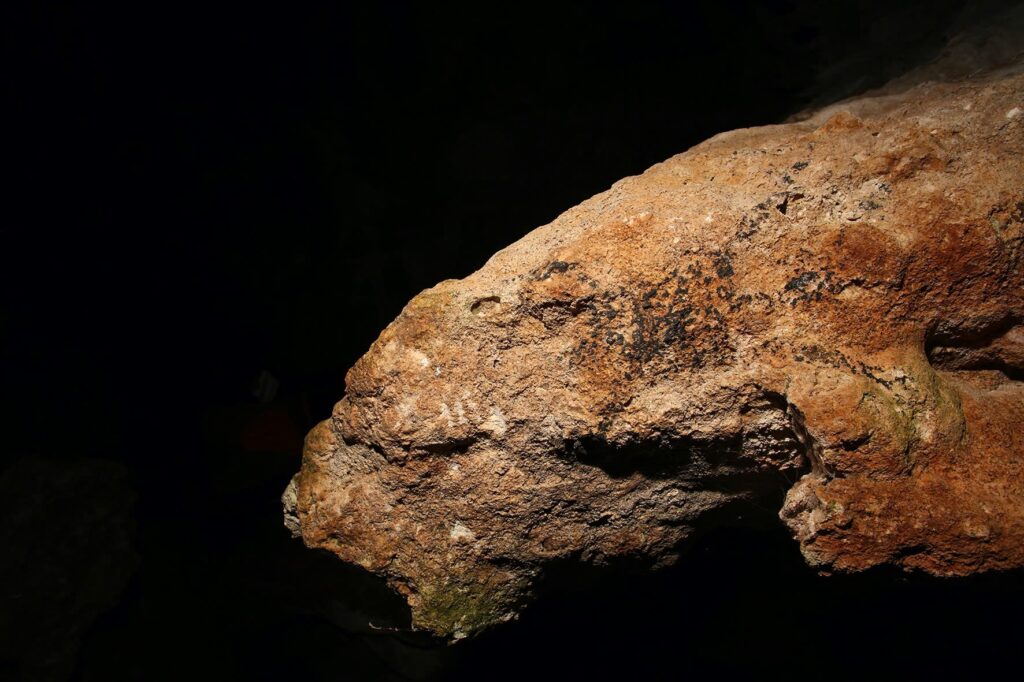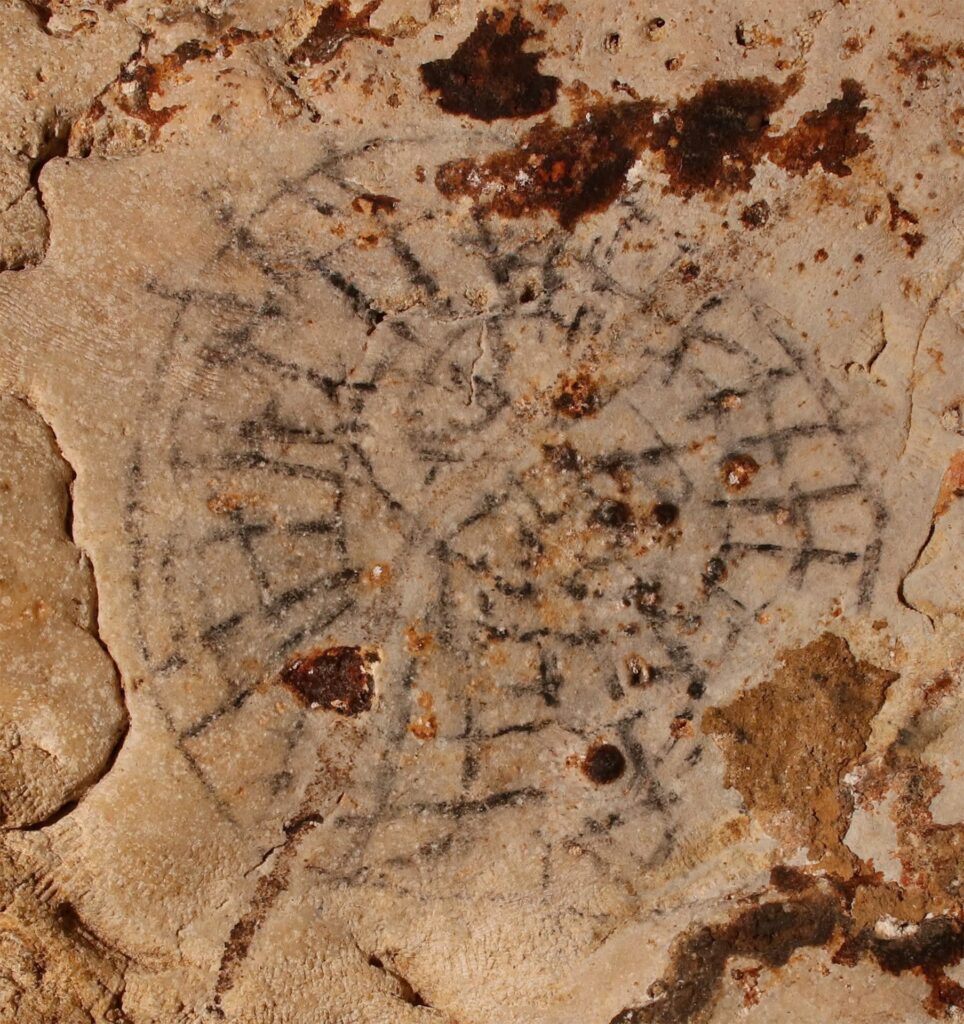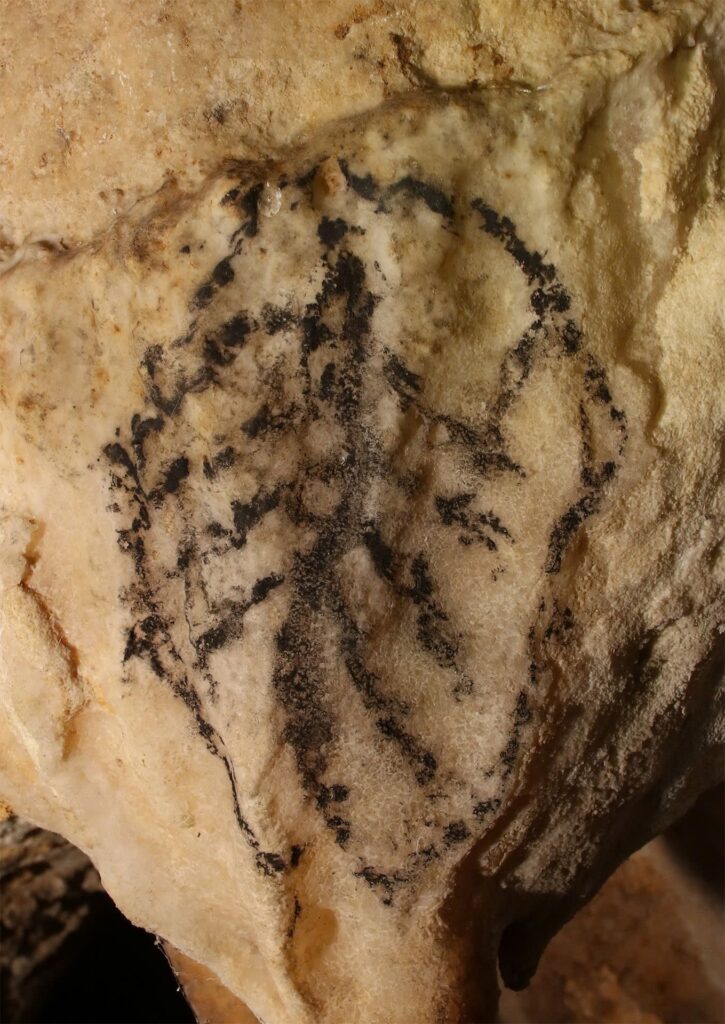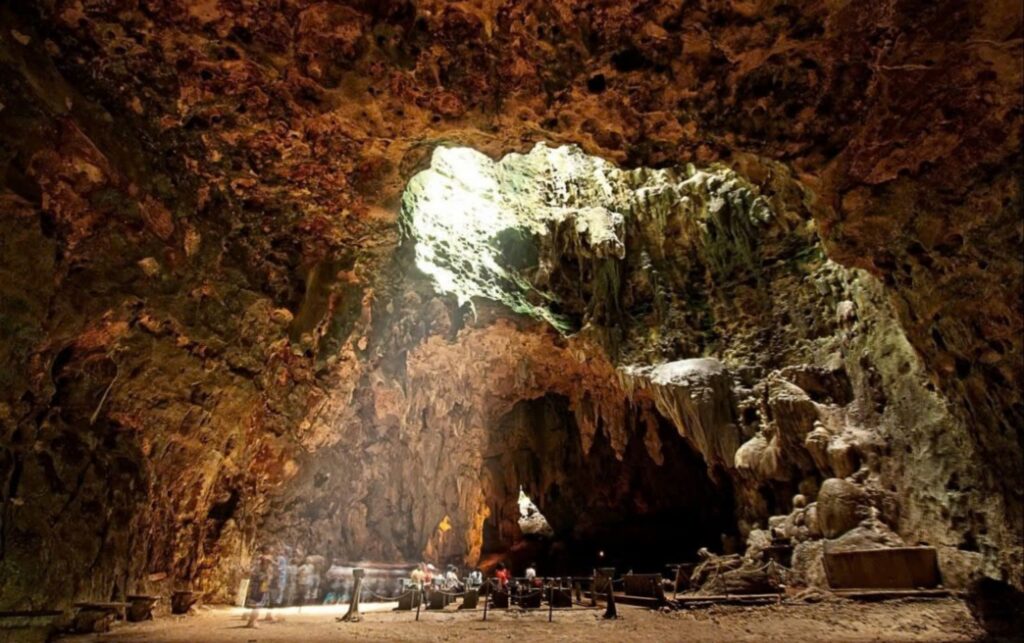Southeast Asia’s First Directly Dated Rock Art

A remarkable discovery in Penablanca, Cagayan province, has unveiled the oldest known rock art in Southeast Asia, featuring a human-like figure on a cave wall. Researchers utilized radiocarbon dating to determine that the pigment samples from this artwork are approximately 3,500 years old.
Insights from the Research
The findings were published in the Radiocarbon journal under the title “First Directly Dated Rock Art in Southeast Asia and The Archaeological Implications.” Dr. Andrea Jalandoni, the lead author, expressed excitement over the unexpected age of the rock art, stating that it marks a significant milestone in the direct dating of rock art in the region. She hopes this discovery will lead to greater appreciation and protection of the Philippines’ cultural heritage.

Dr. Jalandoni explained that direct dating involves analyzing the paint material itself rather than dating surrounding materials. The black pigment depicting the human figure was found in the Hermoso Tuliao cave, a site known for housing the country’s oldest human remains.
Context of the Artwork

The cave art includes not only the black figure but also two other human figures and several leaf and circle motifs, which have parallels in other Southeast Asian locations. Noel Hidalgo Tan, a Senior Specialist in Archaeology, noted that previous assumptions about black rock art being more contemporary are challenged by this discovery. He emphasized the need for caution in attributing age to such artworks and encouraged further direct dating efforts across the region.

During the virtual media conference, Jalandoni indicated that the rock art may belong to early Austronesian or Agta groups, the local Negritos. These groups are believed to have arrived in the area before the end of the Pleistocene epoch, potentially using land bridges or short sea crossings.
Significance of Peñablanca’s Archaeological Findings
The research team highlighted that Peñablanca has been a focal point for significant archaeological discoveries since the early 2000s, including the fossilized remains of the early human species Homo luzonensis found in Callao Cave, dating back 67,000 years.

The rock art provides valuable insights into the lives of the region’s ancient inhabitants, showcasing their foraging practices, pottery use, and artistic expression long before Spanish colonization began 500 years ago. This discovery enhances our understanding of the rich cultural history of the Philippines and the early peoples who thrived in the area.

